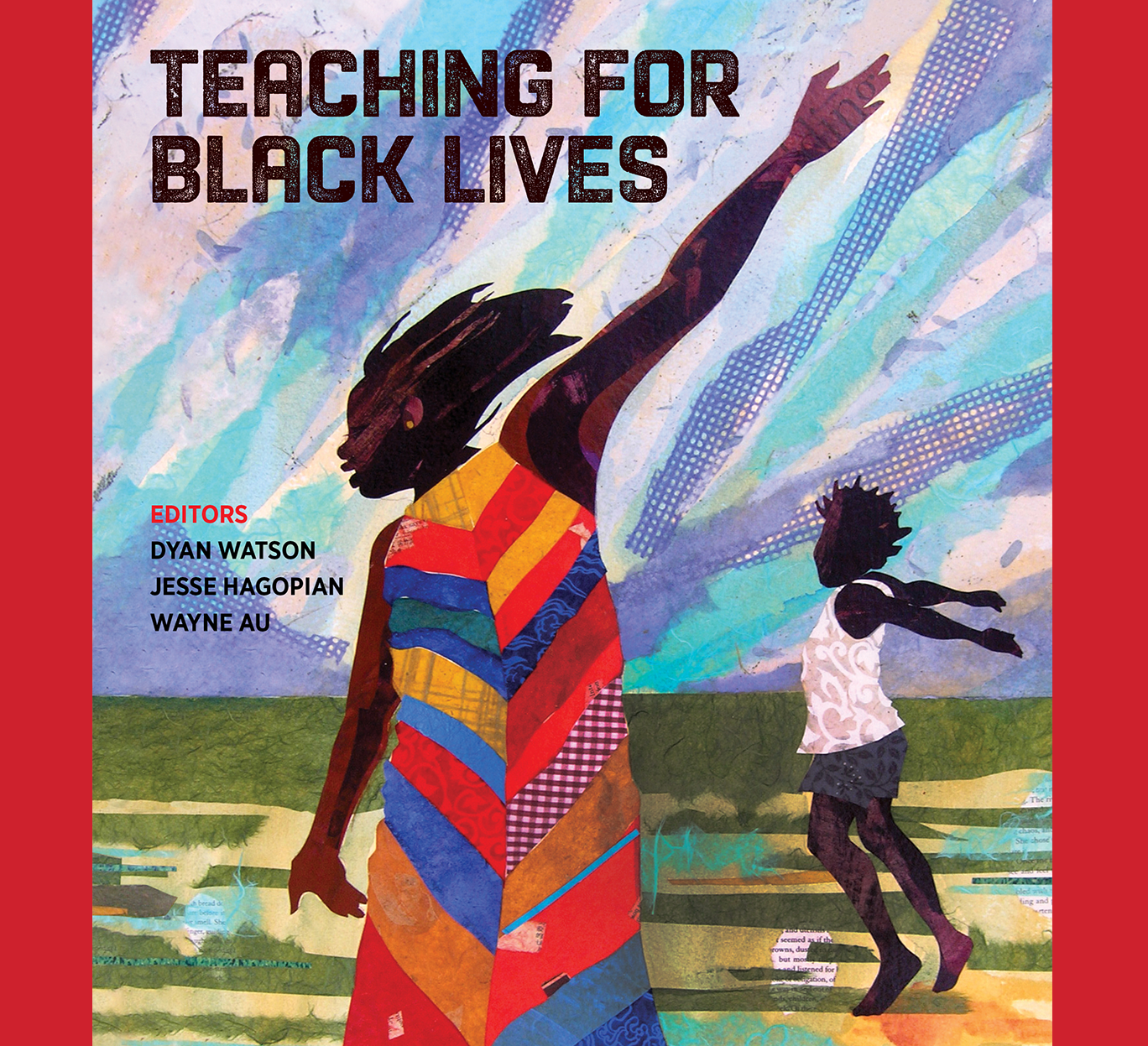Teaching for Black Lives

Teaching for Black Lives grows directly out of the movement for Black lives, which recognizes that anti-Black racism constructs Black people, and Blackness generally, as not counting as human life. Throughout this book, authors provide resources and demonstrate how teachers can connect curriculum to young people’s lives and root values into what is taught and how classrooms are set up. Also highlighted are the hope and beauty of student activism and collective action.
Teaching for Black Lives provides educators with critical perspectives on the historical role of schools in perpetuating anti-Blackness, as well as offering concrete examples of what it looks like to humanize Black people in curriculum, teaching, and policy. Sections include:
- Making Black Lives Matter in Our Schools
- Enslavement, Civil Rights, and Black Liberation
- Gentrification, Displacement, and Anti-Blackness
- Discipline, the School-to-Prison Pipeline, and Mass Incarceration
- Teaching Blackness, Loving Blackness, and Exploring Identity
Teaching for Black Lives is available for purchase from the Rethinking Schools website. Accompanying articles and other materials can be found on the Teaching Materials and Resources Related to Teaching for Black Lives document.

